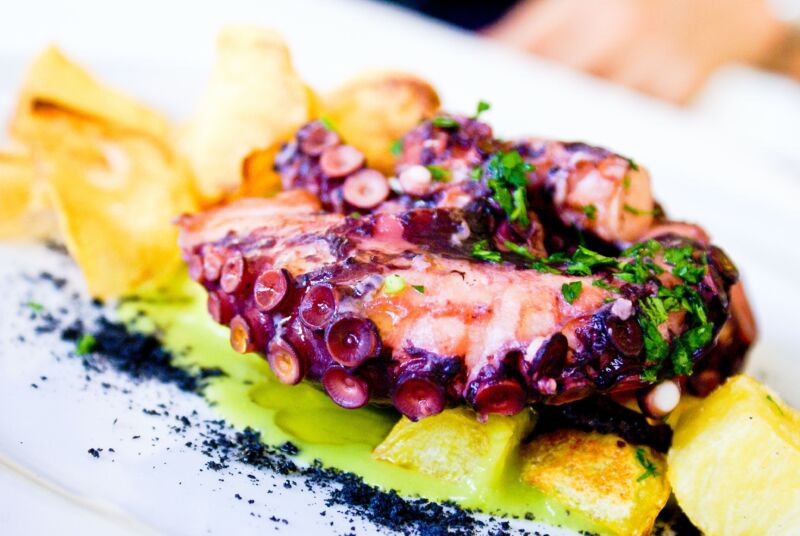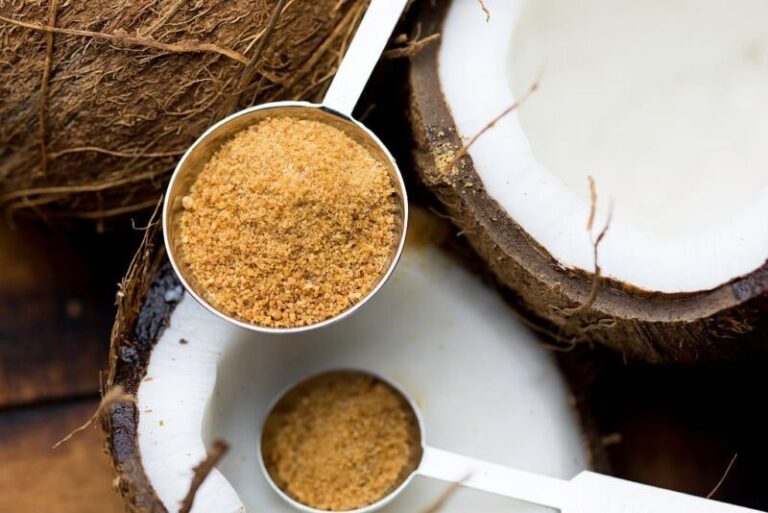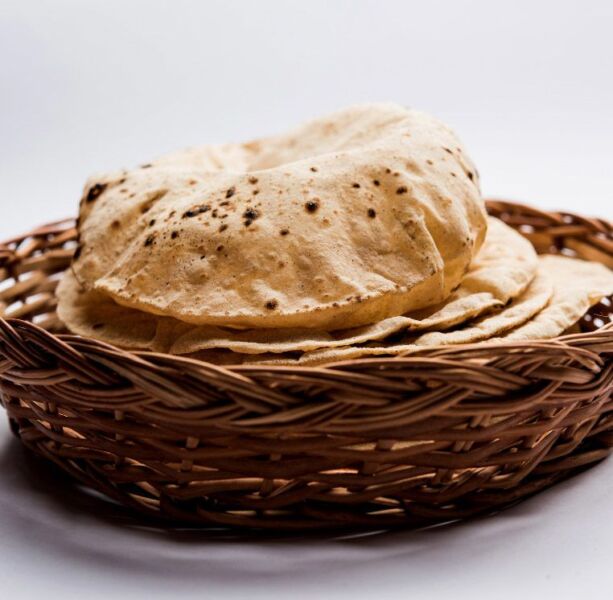What Does Octopus Taste Like? Everything You Need to Know
I’ve always been curious about what octopus tastes like. As someone who loves trying new foods and exotic delicacies, octopus has been on my bucket list for a while. I’ve seen it served in Japanese and Korean restaurants, the tentacles writhing on plates. I’ve also heard it’s common in Spanish and Portuguese cuisine, often swimming in hearty paella.
With how ubiquitous octopus seems to be in certain food cultures, I felt it was time for me to finally try it and discover its taste and texture for myself. But I had absolutely no idea what to expect. Does it taste fishy? Chewy? Is it tough to eat? With so many questions running through my head, I decided to do some research on octopus and what it actually tastes like.
What Is an Octopus?
Before getting into the flavors and textures of this mysterious sea creature, I wanted to first understand exactly what an octopus is. Here were some of the key facts:
Octopuses belong to the family of mollusks, placing them in the same category as clams, oysters, and snails. Specifically, they are a soft-bodied cephalopod, meaning they are marine animals with eight arms attached directly to their heads (cephalopod literally translates to “head-foot”).
These eight slender arms are equipped with hundreds of suckers, which octopuses use to taste, grasp, and eat their food. The suckers stick to surfaces and allow the arms to have a strong grip.
In terms of physical characteristics, octopuses have large, bulbous heads with two big, protruding eyes. Their bodies are generally quite round and plump. They can range greatly in size depending on the species.
One of the most fascinating qualities of the octopus is its ability to shoot out a dark inky fluid when it feels threatened. This clouding of the water allows it to escape quickly from predators.
Octopuses are also masters of camouflage and can change their skin color and texture to match their surroundings. This chameleon-like talent helps them blend into reefs and avoid detection.
You can find octopuses living in both deep and shallow areas of the ocean. They like to hide out in dens and crevices along the rocky seafloor. Next, it was time to get into the heart of the matter – what does octopus actually taste like?
The Taste and Texture of Raw Octopus
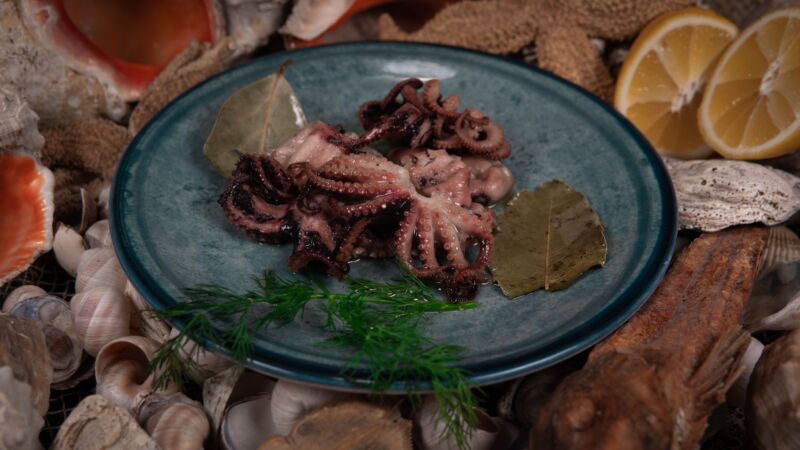
Since octopus is served raw in many cultures’ delicacies, I wanted to start by learning about its uncooked flavor and texture profile:
Right out of the water, octopus has a mild, briny taste that’s both salty and slightly sweet. The meat tends to soak up a lot of the flavors from the sea. When paired with a drizzle of nutty sesame oil, raw octopus takes on a more nuanced, rich taste.
Texture-wise, raw octopus has a smooth, slimy mouthfeel with a distinct chew. There’s a definite resilience and density to its flesh. Some describe it as having a bouncy, rubbery feel, similar to squid or geoduck clams. The tentacles are especially springy and tense.
So in its purest form, octopus seems to be an acquired taste – intensely oceanic with a unique denseness. But how much does cooking change things?
How Cooking Affects the Taste and Texture
Since not everyone wants to eat their seafood alive and wriggling, I explored how different cooking methods affect the flavor and mouthfeel of octopus:
If not properly prepared, cooked octopus can become extremely tough with a pronounced rubbery texture. The connective tissues need ample time to break down, which is why methods like braising, stewing, and slow roasting work well.
Cooking subdues the briny seafood qualities, bringing out a lighter, more neutral flavor. When cooked in wine, citrus, or other seasonings, the octopus meat readily absorbs the complementary flavors.
Grilling, frying in oil, and other dry heat methods can impart a delicious char, adding deeper, toasted notes and enhancing texture. Maintaining a balance of moisture is key though to prevent toughness.
When cooked just right, octopus becomes fork-tender and succulent. The meat takes on a lovely butteryness, similar to a well-prepared scallop or boiled chicken. Crisp exterior with a custardy center is ideal.
So with the proper culinary techniques, chefs can coax out octopus’ more delicate, savory qualities. The key is mastering the balance between tender and rubbery. Now it was time for the final verdict – what does cooked octopus actually taste like?
The Overall Flavor Profile
Synthesizing the information I had gathered, here is how I would describe the overall taste and texture of octopus:
When perfectly executed, octopus has a wonderfully meaty, seafood flavor. Notes of scallops, lobster, and clams come through, making it taste like the best parts of the ocean.
The texture can vary from tender and buttery to al dente with a bounce. When cooked improperly, unfortunately it can become mushy or chewy to the point of inedible.
The meat has a natural umami savoriness, enhanced by charring or searing for even more depth and complexity. Proper marinades and rubs complement this richness.
For such a unique protein, octopus can be surprisingly versatile. It pairs well with bright, acidic ingredients to cut through the dense flesh. The neutral flavor easily absorbs all sorts of global spices and flavors.
While it may seem daunting, octopus prepared by someone knowledgeable is an absolute delicacy. The sweet brininess of scallops, the supple mouthfeel of lobster, and the juicy complexity of chicken all come through in each tender, flavorful bite.
Noteworthy Octopus Dishes Around the World
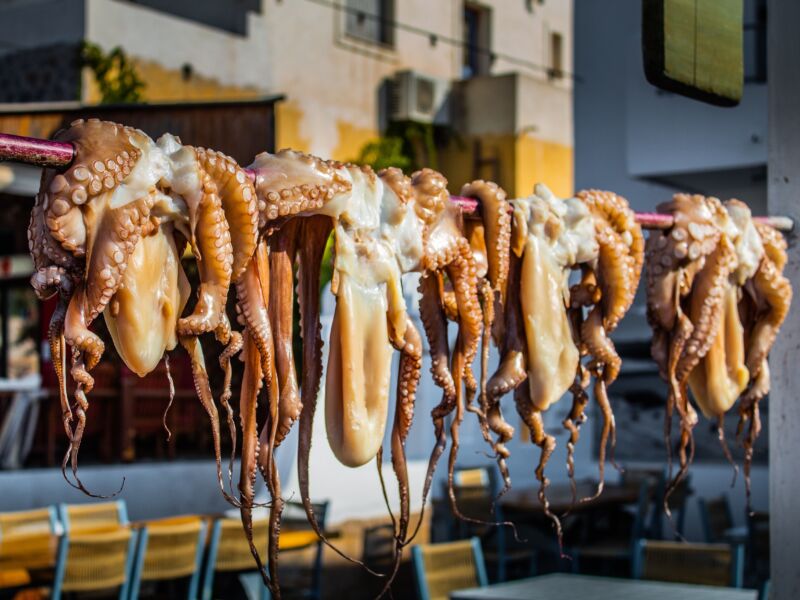
Now that I understood the fundamentals of what octopus tastes like, I wanted to learn about some of its iconic culinary preparations around the globe:
In South Korea, a popular dish is san-nakji which features octopus cut into small, wriggling pieces and served still moving. It is sometimes prepared quickly parboiled, then splashed with sesame oil. Locals enjoy the textural sensation of the still active suction cups. However, it does pose a choking hazard if the tentacles attach to the throat.
Sliced impeccably thin and served raw, octopus sashimi is beloved in Japan. This preparation tenderizes the meat and creates a melt-in-your-mouth texture. Octopus is also common in Japanese sushi, though typically only the leg sections are used after being cooked by poaching.
Takoyaki and okonomiyaki are two iconic Japanese street foods, both featuring chunks of grilled octopus. Takoyaki are golden, savory pancake balls while okonomiyaki are pancake crepes piled with cabbage, protein, and toppings. The octopus offers great texture contrast.
In Spain and Portugal, octopus is often rubbed with paprika for flavor and color. You’ll frequently find it swimming in bowls of vinaigrette or olive oil, served as tapas. Octopus also makes repeat appearances in hearty Spanish paella dishes.
My First Octopus Eating Experience
Armed with all this background knowledge, I was ready to finally try octopus for the first time. I found a nearby Portuguese restaurant that had grilled octopus tentacles served over smashed potatoes in smoked paprika oil.
My first impressions were the smoky aroma and the dramatic crimson hue from the paprika. After tentatively taking a bite, I was amazed at the absolute tenderness of the meat. It had a melt-in-your-mouth quality that was perfectly offset by the crispy char.
The octopus had a subtle sweetness, followed by minerals and brine from its ocean origin. It was meatier than shellfish, yet still delicate. The paprika oil added back warmth, spice, and intensity to round out the flavors.
Overall, I was so pleased with my first octopus dining experience! My biggest takeaway was realizing how much preparation impacts the final eating experience. Octopus is an incredible canvas that absorbs surrounding flavors, so the possibilities are endless for globally inspired preparations.
Tips for Cooking Octopus at Home
For those looking to cook octopus at home, here are my top tips after sleuthing around:
- For tender meat, simmer the octopus in water, white wine or broth for at least one hour. The longer, the better for tenderness.
- Pound the boiled octopus before serving to further tenderize the meat’s fibers. This will make a huge difference.
- Freeze the raw octopus for 5-10 days before cooking. This helps immensely with texture.
- Grill, roast or sear over high heat to add delicious charred flavor. Baste with oil, marinades, or glazes while cooking.
- Pair with bold, acidic ingredients like tomatoes, citrus, olives, and chiles to brighten up the rich meat.
- Soaking octopus in milk or saltwater helps remove impurities and minimize fishiness.
The keys are extended cooking times, freezing beforehand, and bold seasonings. Follow those guidelines and even novice home cooks can achieve tender, delicious octopus!
Conclusion
With its growing popularity around the globe, octopus is truly having a moment. And I’m so glad I finally tried it to understand the hype! Mild, versatile, and delightfully meaty when cooked properly, octopus offers an ocean of culinary potential. I’m excited to continue exploring new ways to prepare it at home. Octopus tacos, stir fry, stew – the possibilities are endless!
For anyone as octopus-curious as I was, I absolutely recommend giving it a taste. Find it fresh at an international market or seek out a restaurant serving up octopus delicacies. With an open mind and adventurous palate, you too may discover a delicious new favorite seafood. Happy octopus eating!
